should I worry about putting a treadmill on the second floor?
philosopher
16 years ago
Featured Answer
Comments (16)
oruboris
16 years agosierraeast
16 years agoRelated Professionals
Ann Arbor Architects & Building Designers · Arvada Architects & Building Designers · River Edge Architects & Building Designers · Winchester Architects & Building Designers · Nanticoke Architects & Building Designers · Pacific Grove Design-Build Firms · Riverdale Design-Build Firms · Pine Bluff Home Builders · Roseburg Home Builders · Endicott General Contractors · Evans General Contractors · Fairview General Contractors · Hanford General Contractors · Mineral Wells General Contractors · Waianae General ContractorsRon Natalie
16 years agomightyanvil
16 years agokinglerch_hotmail_com
15 years agomightyanvil
15 years agodemifloyd
15 years agomightyanvil
15 years agozimzim
15 years agoRon Natalie
15 years agomightyanvil
15 years agowikiexpert001
14 years agolrf4_lehigh_edu
13 years agodakota01
13 years agomacv
13 years ago
Related Stories
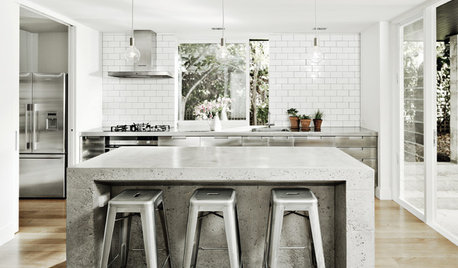
INSIDE HOUZZData Watch: Confidence Rising, but Labor Shortages Worry Many Pros
The latest Houzz Renovation Barometer report shows industry pros are rosy about the market while still struggling to find skilled workers
Full Story
FUN HOUZZEverything I Need to Know About Decorating I Learned from Downton Abbey
Mind your manors with these 10 decorating tips from the PBS series, returning on January 5
Full Story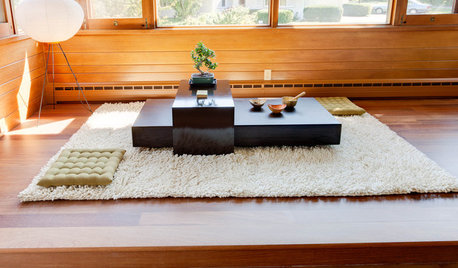
LIFESimple Pleasures: Put On Your Slippers
Preserve the peace and protect your floors and carpets by turning your home into a no-shoes zone
Full Story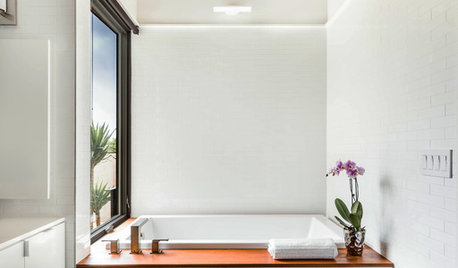
BATHROOM DESIGNUpload of the Day: Worry-Free Wood for the Bathroom
We love this breezy white and wood bathroom from the latest photo uploads. Here’s why it works
Full Story
GREAT HOME PROJECTSWhat to Know About Adding a Reclaimed-Wood Wall
Here’s advice on where to put it, how to find and select wood, what it might cost and how to get it done
Full Story
THE POLITE HOUSEThe Polite House: Can I Put a Remodel Project on Our Wedding Registry?
Find out how to ask guests for less traditional wedding gifts
Full Story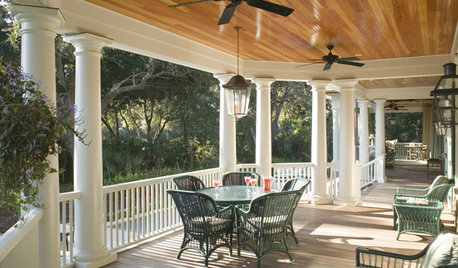
FLOORSLive Boldly: Put the Floor on the Ceiling
See what a ceiling of beautiful wood, brick or tile can do for a room
Full Story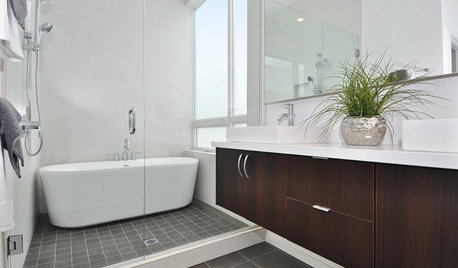
BATHROOM DESIGNWhy You Might Want to Put Your Tub in the Shower
Save space, cleanup time and maybe even a little money with a shower-bathtub combo. These examples show how to do it right
Full Story
COFFEE WITH AN ARCHITECTWhat My Kids Have Taught Me About Working From Home
Candy and Legos aren't the only things certain small people have brought to my architecture business
Full Story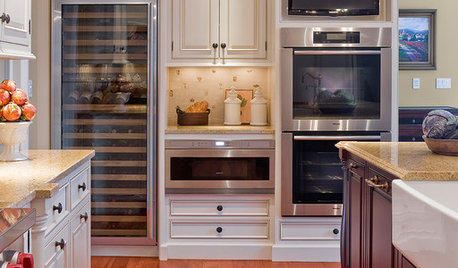
KITCHEN DESIGNGlued to the Tube: 14 Ways to Put a TV in the Kitchen
If you must, here's how to work a flat screen into your kitchen design
Full Story







rjvt